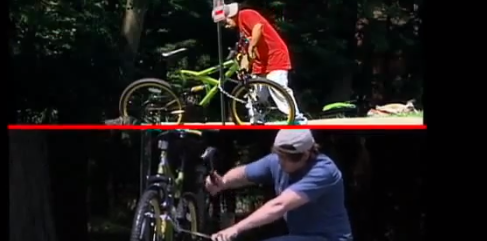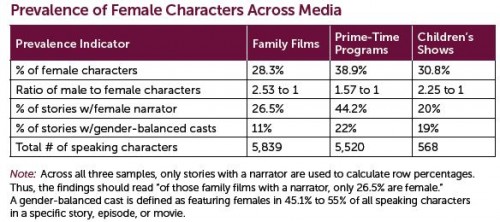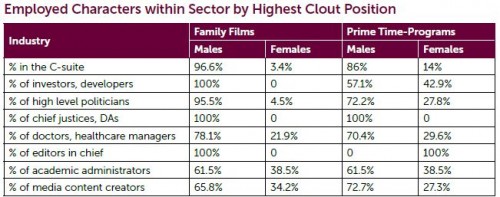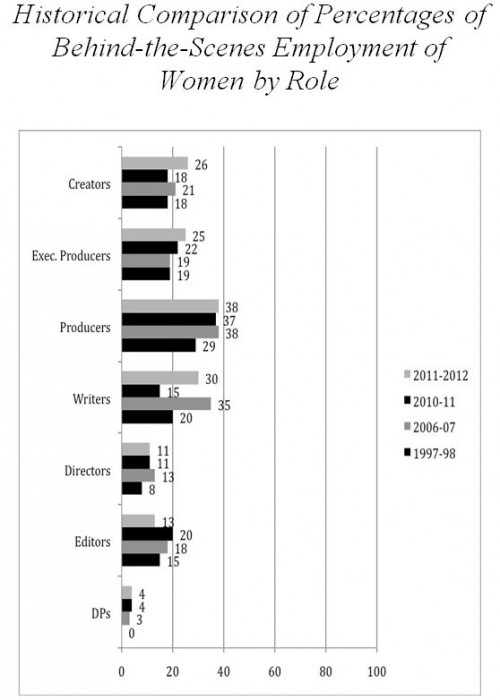Last week someone sent me a link to an article about Brad Paisley’s new song, “Accidental Racist,” which features LL Cool J. Given that you’re a Soc Images reader, chances are good you’ve heard about this song. I don’t remember what I was expecting when I saw the title of the song, but man. I really was not prepared for that experience. There’s no official video available on YouTube at the moment, but someone made a video of the song with the lyrics:
In Racism without Racists: Color-Blind Racism and the Persistence of Racial Inequality in the United States, Eduardo Bonilla-Silva discusses the rhetorical strategies that Whites often use to minimize the existence of racial inequality today. As being openly racist has become increasingly stigmatized in the U.S., a version of “color-blind” racism has emerged.
One argument that underpins color-blind racism is the framing of racial oppression and injustice as elements of the past that, while regrettable, can’t be remedied now. Moreover, it’s history; since African Americans aren’t enslaved or legally segregated today, we need to move on from here and treat everyone as equals, with no special considerations for anyone. As one of Bonilla-Silva’s interviewees explained, “…what happened in the past is horrible and it should never happen again, but I also think that to move forward you have to let go of the past…And it should really start equaling out…” (p. 78).
Along with this is often an attempt to equate the discrimination faced by some groups of European immigrants (Italians, the Irish, Jews, etc.) to the experience of African Americans, as this interviewee did: “…they were slaves back in the past and yet, how often do you hear about the people who were whites that were slaves…Boy, we should get reparations, the Irish should get reparations from the English…” (p. 79). From this perspective, African Americans are just one of many groups that had it bad; the impacts of a legally institutionalized racist system that denied African Americans full citizenship or access to opportunities is ignored. This storyline of “we all had it bad” equalizes various experiences of racial and ethnic inequality.
And this is the problem with Paisley’s song (well, it’s one of the problems, but let’s focus). Take these lyrics (found here):
And it ain’t like you and me can re-write history
Our generation didn’t start this nation
We’re still pickin’ up the pieces, walkin’ on eggshells, fightin’ over yesterday
And caught between southern pride and southern blame…
And we’re still paying for the mistakes
That a bunch of folks made long before we came
And these contributions from LL Cool J:
If you don’t judge my gold chains…I’ll forget the iron chains
…
The past is the past, you feel me…Let bygones be bygones
While Paisley may mean well, his song presents racial inequality or conflict as the result of long-past history, “mistakes…made long before we came,” something we need to just get past so we can appreciate each other. And it equates wildly divergent issues, presenting everyone has having a fair, legitimate complaint. Slavery (“iron chains”) and adopting an aesthetic style (“gold chains”) that some Whites might not like are, apparently, equivalent issues. Ending racism is just a matter of everybody deciding to be nicer. If Whites can get over not liking what some African Americans wear, well then hey, African Americans will get over a history of institutionalized racial oppression and the impacts it still has today.
In the world of color-blind racism, this is a fair, plausible compromise.
You might also enjoy SNL’s take.
Gwen Sharp is an associate professor of sociology at Nevada State College. You can follow her on Twitter at @gwensharpnv.

















